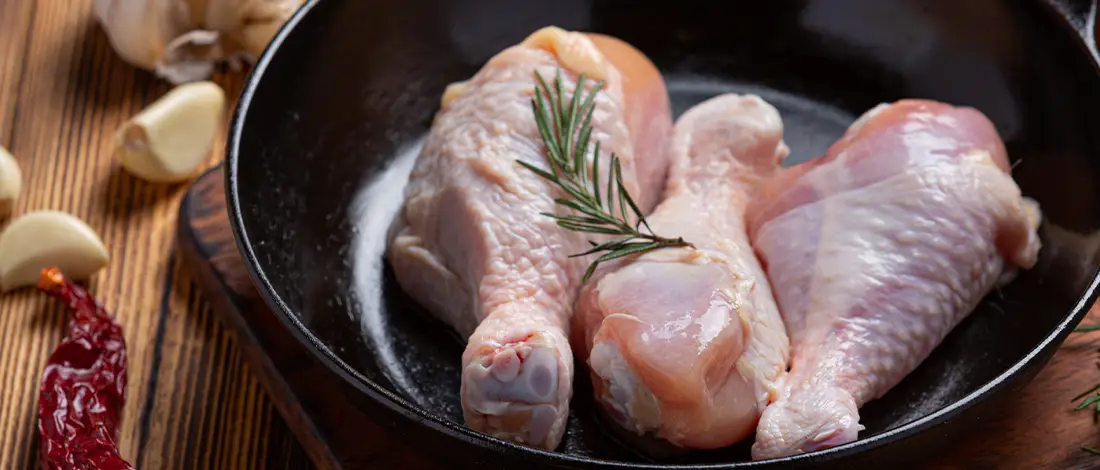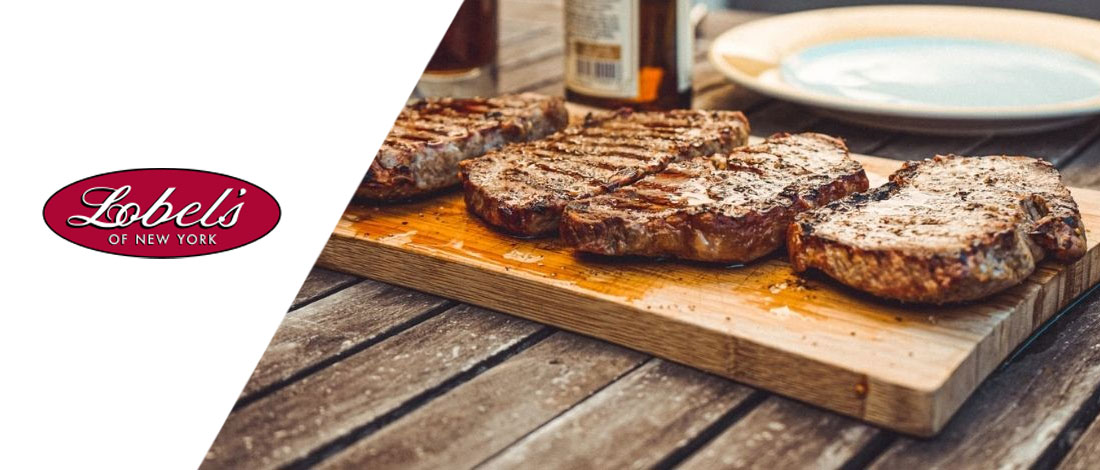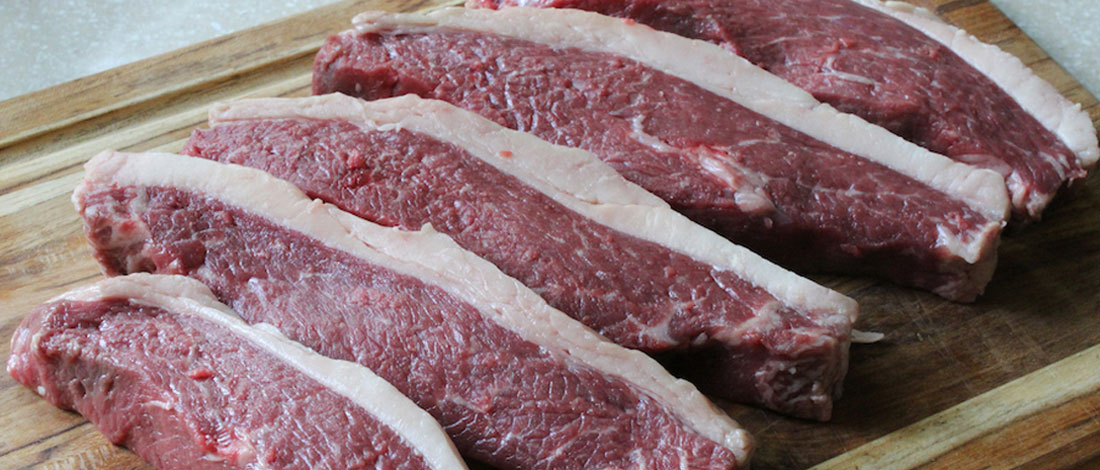At Carnivore Style, we have been flavoring our food with smoke for thousands of years without even realizing it.
Since smoke is a natural by-product of cooking over an open fire, it wasn’t planned, yet it is surely loved.
This is where liquid smoke comes in - a flavorful cooking ingredient that infuses your meat with a smoky flavor without the use of a smoker.
While you can usually pick up liquid smoke at your local grocery store, there are a few ways to make it at home.
In this article, we’ll let you know the best ways to use liquid smoke, how to make it at home, as well as some substitutes you can use.
I love adding some of that smoky flavor to my food, and I’m sure you will too.
Quick Summary
- Making liquid smoke involves burning wood, condensing the smoke into liquid form, and filtering out ash and soot, providing a smoky flavor for various dishes.
- Liquid smoke can be used in recipes like mac and cheese, marinades, barbecue sauce, and even ice cream, enhancing the flavor without a smoker.
- A 2021 study published in Science Direct utilized fluidized-bed fast pyrolysis to produce liquid smoke from hickory woodchips and found it can be effectively applied in preserving green-lipped mussel meat by enhancing its antioxidant capacity and maintaining safety levels comparable to commercial liquid smoke products [1].
- Creating liquid smoke at home requires a charcoal grill, smoking wood chips, and a bundt pan, a process that demands time and careful attention.
Liquid Smoke: an Overview

Liquid smoke is created naturally when burning wood. When the fire is lit, water is produced in the form of vapor.
This vapor then gets condensed inside a cooled tubing which catches the hot smoke and turns it into liquid form.
This smoke is then filtered for ash and soot - the yellow-brown substance left behind being liquid smoke.
If you follow the guidelines I share with you, liquid smoke is completely safe and natural, despite the carcinogens.
The idea of liquid smoke was invented by Ernest H. Wright (of Wright’s Liquid Smoke), who noticed a yellowish-brown substance dripping from the steam stove pipe at the print shop he worked in as a teenager.
“Due to the filtering process, liquid smoke is actually safer to consume than food smoked over a live fire.”
- James Schend, Taste Of Home
In later years, he went on to become a chemist, and he realized that the process occurred when the natural smoke came into contact with cold air.
After a few experiments, Wright introduced Wright’s Liquid Smoke in 1895, which can still be bought today and used in many recipes.
Liquid Smoke Uses
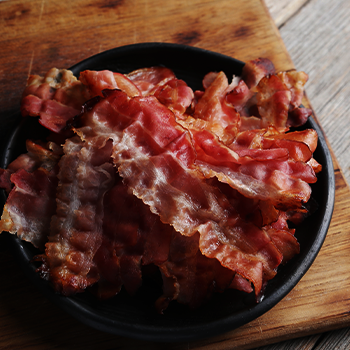
You’d be surprised to know that a lot of the products you buy in the grocery store already contain liquid smoke.
While you can buy it in little bottles for personal use, most of the liquid smoke that gets manufactured is used as a food additive.
Usually, it’s for “barbecue” foods like sausages, bacon, and hot dogs. It saves the hassle of slow cooking or using a smoker.
It is typically added to the brine in which the meat is soaked prior to cooking. It usually tastes like the real thing and can be used in a bunch of recipes.
A lot of the products containing liquid smoke are labeled as “smoked”, like smoked bacon or smoked cheese.
But these products are not smoked in the way we assume, but with liquid smoke instead.
Wherever you’d like to add a smoky flavor, you can use liquid smoke.
Here are some of the common ways it is used:
- Mac and cheese
- Marinade
- Real barbecue sauce
- Fish
- Chili
- Cheese
- Ice cream
Liquid smoke is very concentrated, so you should only use the smallest amount (a few drops) unless you want to be overwhelmed by flavors.
Always start small and use a little bit more if you think your food could use some more flavor.
3 Steps to Making Liquid Smoke at Home

According to Carnivore Style's team, there are a few things you will need if you’re planning on making your own liquid smoke. It’s a fairly simple process; however, it does take some time and patience.
The things you will need include:
- Charcoal/gas grill
- Chimney starter
- Charcoal
- Wood chips (hickory, maple, etc.)
- Newspaper
- Tongs
- Aluminum foil
- Water
- Colander
- Large bowl
- Bundt pan
- Funnel
- Glass jar
- Ice pack
- Mixing bowl
1. Setting Up Your Charcoal Grill

- Step 1: At the bottom of a chimney starter, place a ball of newspaper. Fill in the empty spaces with charcoal.
- Step 2: Light the newspaper and wait for the charcoal to ignite.
- Step 3: Once the charcoal has turned gray, you can pick up the chimney starter with your tongs and spread them under the center of the grill.
- Step 4: The grill should be left to preheat for 20 minutes, or until it reaches 500 °F.
2. Smoking the Wood Chips
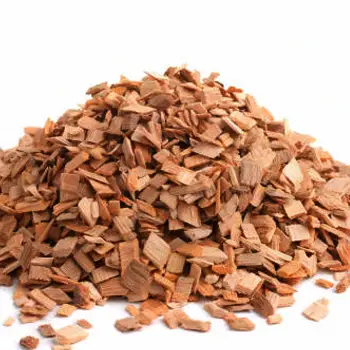
- Step 1: Grab your wood chips. You can use the same ones you use when cooking food. The flavor of wood you choose depends on your taste, but the most popular wood includes peach, cherry, oak, hickory, maple, mesquite, birch, pecan, and maple.
- Step 2: Transfer the wood chips into a large bowl and fill the bowl with water. Soak the chips for 30 minutes.
- Step 3: Place the wood chips into a colander and leave them to drain for 5 minutes. This will help heat up the wood.
- Step 4: Wrap the wood chips in aluminum foil.
- Step 5: Place the wood chips on the grill carefully, using a pair of tongs, ensuring the foil doesn’t open up. On a charcoal grill, you should place the chips to the side of the direct heat.
3. Capture the Smoke

- Step 1: Close the lid of your grill and place the bundt pan over the chimney. The chimney should be able to vent through the hole in the middle of the pan.
- Step 2: Find a heat-proof bowl that is roughly the same size as the bundt pan. Use the bowl as a lid and place it over the pan. This will allow the heat to rise to the center of the pan and capture the smoke inside.
- Step 3: Place some ice packs or a bag of ice on top of the bowl to allow smoky condensation to form. This will drip into the bundt pan, which in turn creates liquid smoke.
- Step 4: Allow the wood chips to be cooked for an hour.This will give the pan enough time to collect at least several milliliters of liquid.
- Step 5: Once the wood chips have released all their smoke, you can remove both the bowl and pan from the chimney.
- Step 6: Using a glass jar, funnel the black liquid from the bundt pan into the jar. Ensure you screw the lid on airtight. The liquid can then be stored at room temperature.
Where to Buy Liquid Smoke

If you’d prefer to purchase liquid smoke, you can find it in most supermarkets.
It is typically packaged in a bottle near the barbecue sauce section.
It’s a good idea to check the ingredients to ensure it is the actual smoke you are purchasing and not a bunch of nasty additives and added ingredients such as molasses or vinegar.
You can buy condensed smoke in many different flavors, including mesquite, hickory, etc.
3 Substitutes for Liquid Smoke

1. Spanish Smoked Paprika
Smoked paprika is prepared by drying peppers over an open flame for a couple of weeks.
Smoking the peppers this way creates a nice, natural substitute, available in two different flavors. It can be used to add a real smoke flavor to cooked foods and meat.
2. Chipotle Powder
This powder is made from ground jalapeno peppers, smoked over a wood fire. It adds a nice smoky flavor to your foods while they cook.
3. Smoke Tea
Smoking tea is also referred to as Russian Caravan or Lapsang Souchong. It is notoriously known for its smoky flavor and aroma.
This Chinese tea is a perfect substitute for smoke liquid, prepared by smoking the tea leaves over an open fire.
You can use this to add a smoky taste to your favorite fresh recipes such as fish, beef, pork, and even vegetables. Smoke tea can be used to cook almost anything you want.
References:
- https://www.sciencedirect.com/science/article/abs/pii/S0956713521000128
- https://pubmed.ncbi.nlm.nih.gov/34799742/


